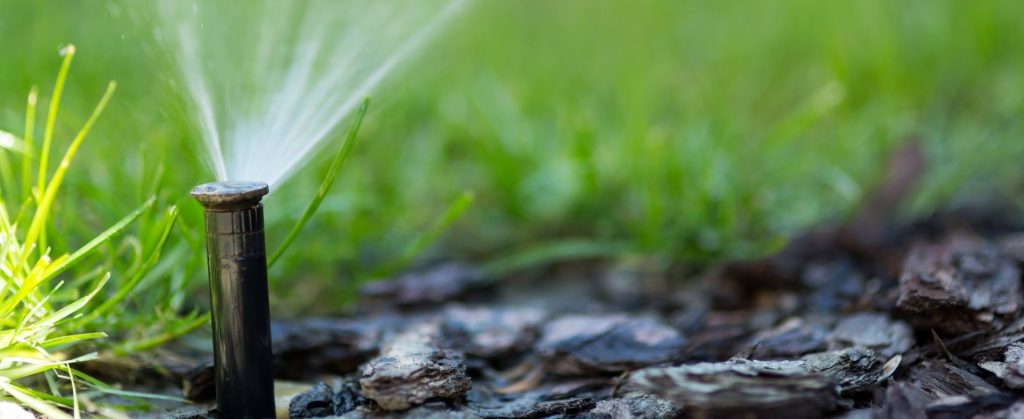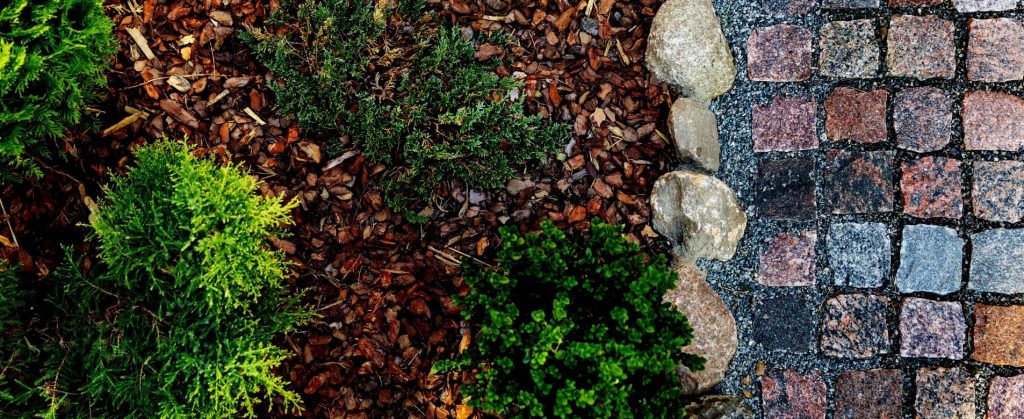
Did you know you can grow beautiful sod directly on blacktop? There’s a company that’s done it for over 20 years. It took constant watering just to prove the point. There was another lawn that had an underground sprinkling system that was turned on for 15 minutes every day. The lawn looked great until the irrigation system was down for 10 days in the middle of a very hot summer. The lawn was so shallow rooted that within one week the entire lawn turned straw brown.
KNOW YOUR SOIL TO FIGURE PROPER WATERING
What we’re trying to say is that your lawn (and landscape plants too) need water in the root zone, not just at the surface. Nobody wants to have to water every day, and you shouldn’t. How long it takes you to water correctly is determined by what kind of soil you have and how long it takes to get your soil type properly saturated.
Your soil can be classified as either: clay (dense soil with few air spaces and very small, tightly packed soil particles); loam (an open mix with adequate air space for water and nutrients to move); or sandy (very loose and open with little water-holding ability). The type of soil makes a big difference in how often (and how long) you should water.
THE SIX INCH RULE
Your soil dries out from the top down, or from the surface inward. When you water it’s important to soak the soil to a depth of at least six inches and to let the surface dry out between waterings. This practice encourages deeper rooting of all plants. Clay soils absorb water very slowly because there are only tiny spaces for water to move between the soil particles. It takes a lot longer to soak a heavy clay soil to the six inch depth, but once soaked, the clay soils hold the water much better and need fewer waterings.
Loam might be the ideal soil for turfgrass. It’s usually dark, has organic material and provides good drainage and air movement for turfgrass roots.
Sandy soils are so open and loose that they can usually absorb water as fast as you can put it on, but they dry out much faster too.
To test how long it takes to soak your lawn six inches deep, use a spade or a soil probe after watering to see just how deep you’ve gone.
If you follow this simple rule of watering deeply, you’ll have a healthier, more drought resistant lawn and your watering will always make a very deep impression.



